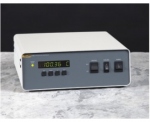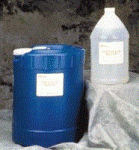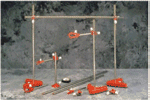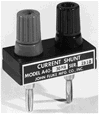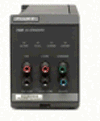
Keranjang
FLUKE 5901 Triple Point of Water Cells
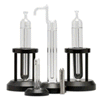
| Kategori | FLUKE |
| Di lihat | 1091 kali |
| Harga | Rp (hubungi cs) |
Detail Produk FLUKE 5901 Triple Point of Water Cells
 The triple point of water ( TPW) is not only the most accurate and fundamental temperature standard available, it’ s also one of the least expensive and simplest to use.
The triple point of water ( TPW) is not only the most accurate and fundamental temperature standard available, it’ s also one of the least expensive and simplest to use.
Easy-to-use, inexpensive standard with uncertainty better than ± 0.0001 ° C
Four sizes and two shells ( glass and quartz) to choose from
Isotopic composition of Vienna Standard Mean Ocean Water
Water cells are essential!
Triple point of water cells fill four critical purposes. First, they provide the most reliable way to identify unacceptable thermometer drift between calibrations— including immediately after a calibration if the thermometer has been shipped. Interim checks are critical for maintaining confidence in thermometer readings between calibrations. Second, they provide a critical calibration point with unequaled uncertainties.
Third, for users who characterize probes using ratios ( that is, they use the ratios of the resistances at various ITS-90 fixed points to the resistance of the thermometer at the triple point of water, indicated by “ W ” ) , interim checks at the triple point of water allow for quick and easy updates to the characterizations of critical thermometer standards, which can be used to extend calibration intervals.
And lastly, the triple point of water is where the practical temperature scale ( ITS-90) and the thermodynamic temperature scale meet, since the triple point of water is assigned the value 273.16 K ( 0.01 ° C) by the ITS-90 and the Kelvin is defined as 1/ 273.16 of the thermodynamic temperature of the triple point of water.
Good triple point of water cells contain only pure water and pure water vapor. ( There is almost no residual air left in them.) When a portion of the water is frozen correctly and water coexists within the cell in its three phases, the “ triple point of water ” is realized. Fluke Calibration water cells achieve this temperature with expanded uncertainties of less than 0.0001 ° C and reproducibilities within 0.00002 ° C.
In simple terms, water cells are made from just glass and water, but there’ s much more to it than that!
For starters, that’ s not just any water in there.

